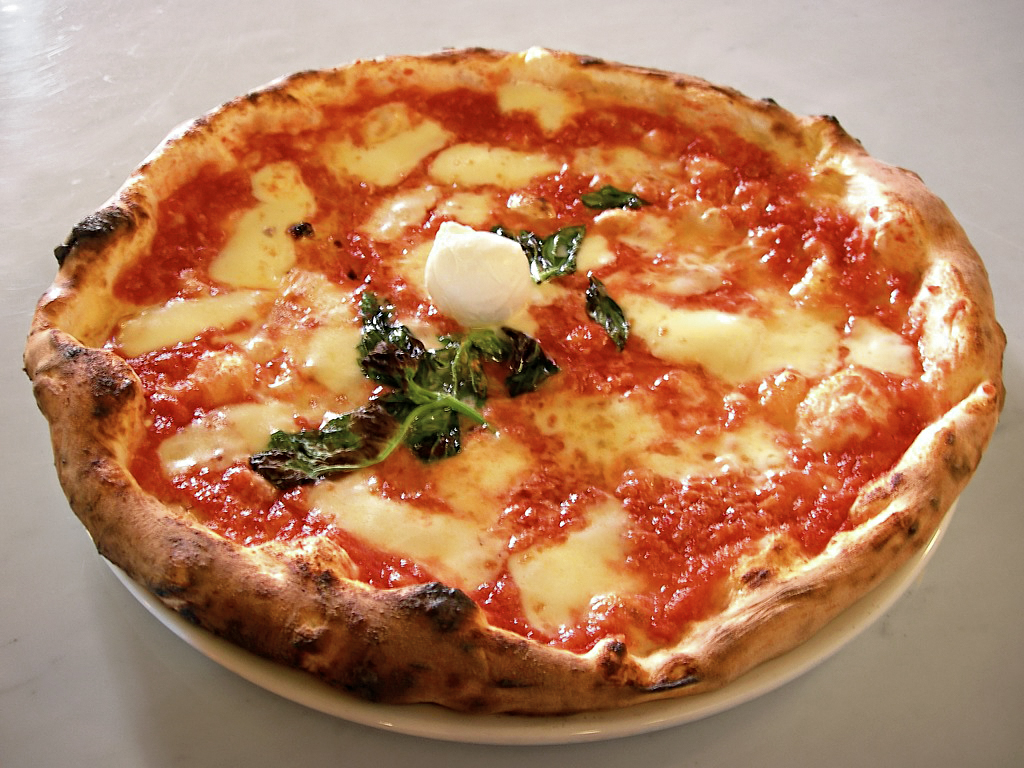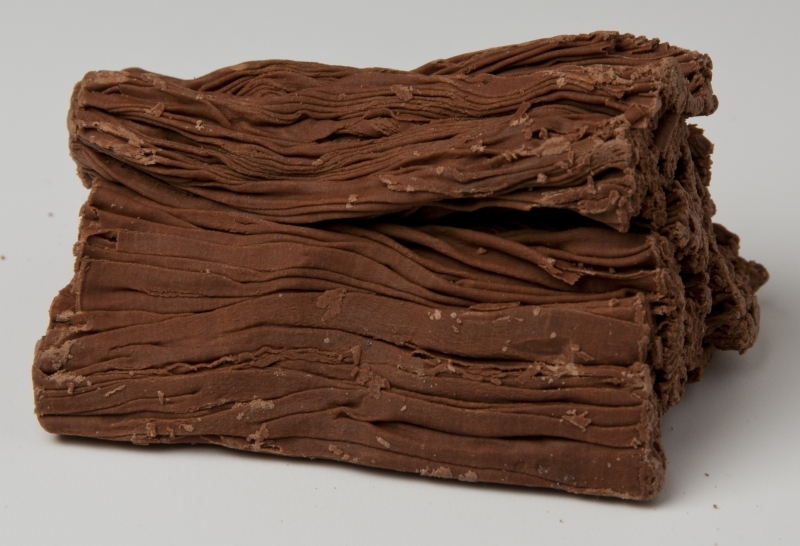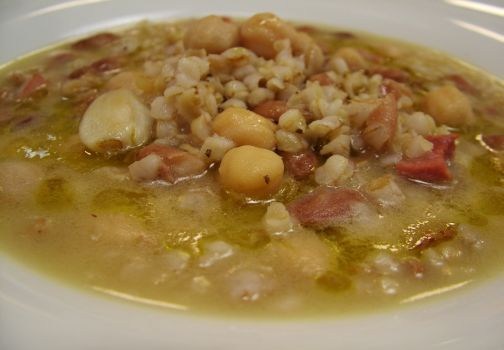If today we can enjoy this dish, a symbol of Made in Italy and the Mediterranean diet, it is thanks to a glorious past that allowed pizza to spread throughout the world. The ancient Egyptians are credited with the discovery of yeast, capable of making doughs soft and light after baking. Thanks to the discovery of America, the tomato imported from faraway Peru in the Kingdom of the Two Sicilies arrived on pizza.
Pizza in Naples
Pizza has distant historical origins and we can find traces of it as far back as the late 1500s. There are historical traces that reveal that in the ancient suburbs of Naples the flatbread was called pizza. To make the classic schiacciata more appetizing, Neapolitan cooks began to spread a mixture of lard, coarse salt and garlic or caciocavallo cheese and basil on it, in the rich version.
The arrival of the tomato
In the 1700s the tomato imported from Peru arrived on pizza. At that time oil had already replaced lard and we approach a version very similar to today’s recipe. It was at this stage that this dish began to spread, finding popularity abroad as well. Thanks to Italians migrating abroad, pizza began to be cooked all over the world. From Naples to America, the leavened dough was served with tomato and mozzarella.
Why we call it Margherita
The historic crowning achievement came in 1889, when King Umberto I and his wife Margherita visited Naples. Raffaele Esposito, considered the best pizza maker of the time, served the pizza to the sovereigns. Queen Margherita, appreciated the taste of the dish so much that she thanked Esposito in writing. The Neapolitan pizzaiolo to reciprocate the sovereign’s thanks named the pizza with tomato and mozzarella after the queen. It was then that Pizza Margherita was born.
The spread in Italy in the postwar period.
After World War II, another phase of expansion of this dish began. This is the time when many southerners begin to move north in search of work, and with them comes pizza in large industrial districts, such as Turin and Milan. After the fall of the Berlin Wall and the end of the Cold War, this dish is exported to countries such as Germany, Japan, the Middle East, Eastern countries and China.
A unique dish in the world













